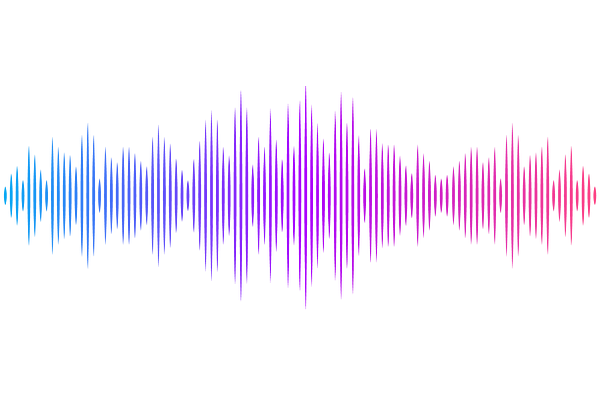New cosmological constraints on the evolution of dark matter energy density

New cosmological constraints on the evolution of dark matter energy density
Yupeng Yang, Xinyi Dai, Yicheng Wang
AbstractWe constrain the evolution of dark matter energy density over time, specifically focusing on deviation from the standard model represented by the equation $\rho_{m}\propto(1+z)^{3-\varepsilon}$, where $\varepsilon$ is a constant parameter. Utilizing a diverse array of observational datasets, including baryon acoustic oscillations (BAO) data from the first release of the Dark Energy Spectroscopic Instrument (DESI), distance priors derived from cosmic microwave background (CMB) observations by the Planck satellite, Hubble rate data obtained through the cosmic chronometers (CC) method, type Ia supernova (SNIa) data from the Panthon sample, and the data from the redshift space distortion (RSD) measurements ($f\sigma_8$), we derive stringent constraints on the deviation parameter. We find that for the model under consideration, the deviation parameter is constrained to be $\varepsilon = -0.0073^{+0.0029}_{-0.0033}$, indicating a deviation of approximately $2.4\sigma$ from the scenario where dark matter and vacuum dark energy do not interact. When compared with previous studies and alternative analyses, our findings provide corroborative evidence for an interaction between dark matter and vacuum dark energy, particularly in light of the release of BAO data from DESI.